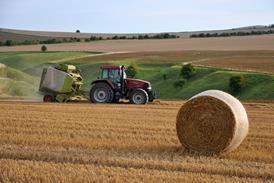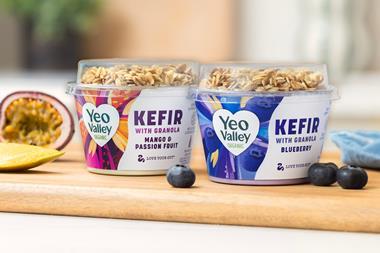As the former head of farm animal welfare for the RSPCA, I’ve seen some of the best, as well as some of the very worst, examples of welfare in industrial scale farming.
As anyone who listens to The Archers knows, the ethical questions surrounding so-called megadaries are complex and emotive. Is it right that cows should be kept with no access to open countryside? And if dairy cows are to be managed in herds 20 times larger than those of the average UK dairy farm, will their welfare suffer?
The modern high-yielding dairy cow has been likened to a high-performance car, requiring top-class care. Unfortunately, management, housing and healthcare have often failed to keep pace with the rate at which cows have been bred to increase milk production. The result is that about one in six of our dairy cows is lame and about one in three suffers from mastitis in a year. Both conditions are painful, costly and ultimately can reduce milk yield. Little progress has been made over the past 20 years in improving this situation. Reduced profitability of dairy farming, with consequent reduction in investment and maintenance on farms, has almost certainly hindered progress on tackling these major welfare problems.
In October 2009, an independent report to government recommended the British dairy industry should aim to raise the standard of welfare over the next five years. It also said the incidence of endemic disease in dairy cows, particularly mastitis and lameness, should be reduced urgently. National farm assurance schemes have had some impact on welfare, and have improved compliance with legislation, but have so far failed to deliver in important areas.
However, some retailers, manufacturers and farmers are now taking a lead on welfare. Sainsbury’s has set ambitious goals to reduce cattle lameness to minimal levels by implementing, in co-operation with its producers, its Dairy Welfare Standard.
Good management and veterinary health strategies can help secure the welfare of our dairy cows. Many dairy farms, large and small, demonstrate standards of health and welfare above industry averages. The welfare is best where management, housing design and healthcare are of the highest standard, and in this respect the size of the enterprise is almost an irrelevance.
No scientific evidence currently exists to indicate that cows kept outside are “happier” than those kept indoors, although studies have shown that cows kept permanently housed are more susceptible to lameness.
Therefore, until further research has been completed and, assuming dairies can demonstrate care of their herds, the debate about megadairies remains as much about shopper perception as the welfare of cattle. It is ironic that just as the UK egg industry removes battery cages, we are now considering the PR impact of enclosing dairy cows on a massive scale.
Dairy produce is promoted on the basis of a wholesome image. How comfortably does this fit with a 3,000-cow farm where the cows never go outside?



















5 Readers' comments